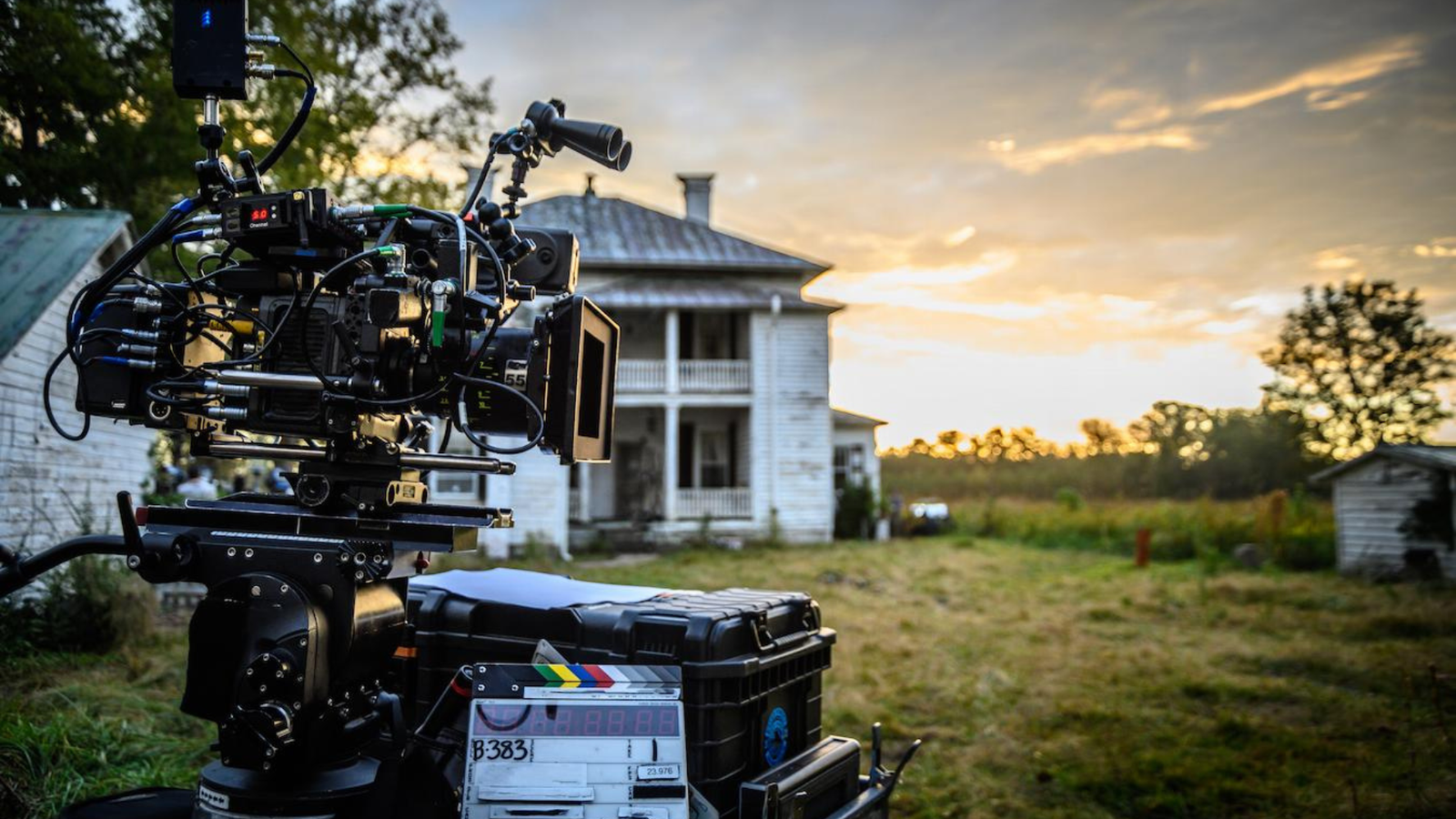The Role of Cinematography in Enhancing a Film’s Mood
Cinematography is a crucial element of filmmaking that significantly influences a film’s mood and emotional impact. By using camera techniques, lighting, and composition, cinematographers create visual narratives that resonate deeply with audiences. This article explores how cinematography enhances a film’s mood and shapes viewer experience.

Understanding Cinematography
Cinematography encompasses all visual aspects of a film, including camera work, lighting, and shot composition. A skilled cinematographer carefully crafts each shot to convey the film’s themes and emotions, transforming written scripts into engaging visual stories.
The Impact of Lighting
Lighting plays a vital role in setting a film’s mood. For example, soft, warm lighting can create an intimate and inviting atmosphere, while harsh, stark lighting may evoke tension or discomfort. Different lighting techniques can also emphasize particular emotions or character states, guiding the audience’s emotional response.
Techniques in Lighting
- High Key Lighting: This technique uses bright, even lighting to create a cheerful, upbeat mood. It’s commonly seen in comedies and romantic films.
- Low Key Lighting: This involves stark contrasts and shadows, often used in thrillers or horror films to create suspense and tension.
- Natural Lighting: Using sunlight or practical lights in a scene can create a realistic feel, grounding the story and making it relatable.
Camera Angles and Shots
The choice of camera angles and shots also profoundly affects a film’s mood. Different angles can elicit varying emotional responses from the audience.
Examples of Camera Techniques
- Close-ups: These shots capture a character’s emotions and intimate moments, drawing viewers into the emotional core of the story.
- Wide Shots: These shots provide context and can evoke feelings of isolation or grandeur, depending on the scene’s content.
- Over-the-Shoulder Shots: Often used in conversations, this technique helps create intimacy between characters and engages the audience in their interactions.
Color and Mood
Color choices in cinematography significantly influence mood and atmosphere. Different colors can convey various emotions and set the tone for scenes.
Color Theory in Film
- Warm Colors: Reds and yellows can evoke feelings of warmth, passion, or happiness, often used in romantic or uplifting scenes.
- Cool Colors: Blues and greens tend to create a calm or somber mood, making them suitable for dramatic or introspective moments.
- Desaturated Colors: Muted colors can signify bleakness or despair, often used in serious dramas or dystopian films.
Movement and Framing
Camera movement also contributes to the film’s overall mood. How the camera moves can enhance emotional impact and narrative pacing.
Techniques in Camera Movement
- Static Shots: These provide stability and can make a scene feel more grounded, often used in dialogue-heavy moments.
- Tracking Shots: Moving the camera alongside a subject can create a sense of urgency or excitement, immersing the audience in action.
- Handheld Shots: These can add a feeling of realism and immediacy, often seen in documentaries or gritty dramas.
Case Studies in Cinematography
Many films demonstrate the powerful role of cinematography in shaping mood. For instance, in “Blade Runner 2049,” the use of color and light creates a dystopian atmosphere that deeply affects viewer perception. Similarly, “The Godfather” employs shadows and composition to enhance tension and drama throughout the film.
The Future of Cinematography
As technology advances, cinematographers continue to explore innovative techniques to enhance mood. From virtual reality to advanced digital effects, the future promises exciting developments that will further elevate cinematic storytelling.
Conclusion
Cinematography plays a vital role in enhancing a film’s mood and emotional resonance. Through careful manipulation of lighting, camera angles, color, and movement, cinematographers craft visual narratives that deeply engage audiences. Understanding the power of cinematography enriches both the filmmaking process and the viewer’s experience.



